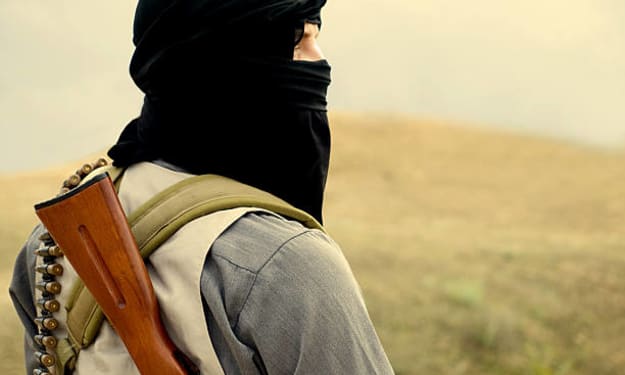Why France produce the most world cup players?
From Grassroots Glory to World Cup Gold: The French Football Factory Decoded

In the 2018 World Cup in Morocco. Portugal was a big favorite and won the match 1-0. The result was not that interesting, but this picture is. This Portuguese player was not born in Portugal and the two Moroccan players were not born in Morocco. See, soccer's governing body FIFA allows athletes to play in any country they have a clear connection to, including the country where the player's parents or grandparents are from. In this year's World Cup, 82 players will play in countries where they were not born. So... where do they come from?
If you draw it on a map, one country stands out. Most of the world cup players were born in France. Brazil has the second highest total, but it's not even close. France has had the most local players and coaches at the last four World Cups, and their dominance has grown. So what is so special about France? At the end of the second world war, a large part of France was destroyed. The government began recruiting workers from southern and eastern Europe and North African colonies in the late 1940s and 1950s to build the country.
During that time, France imported more immigrants than any other European country. And in the 1960s and early 70s, France's economy grew rapidly, and a labor shortage led to a new wave of immigration - even more from French colonies throughout Africa and the Caribbean. Many of them settled in large residential areas outside the big cities. At the same time, there was also a sports crisis in France. Especially in the football team. In the years 1960-1974, France did not qualify for three World Championships and three European Championships.
The French Football Association decided that the way to improve was to create a national structure to develop talent, so it set up one of Europe's first football academy systems. In 1972, a national training center was opened in Vichy, and four years later the federation partnered with France's main football clubs to create a wider network of academies to recruit and train local youngsters.
In 1988, the national training center moved to a wooded suburb south of Paris called Clairefontaine, and by the early 1990s, the French football system was one of the best in the world - developing talented players from all over France. And the system produced results. In 1998, a French team called Les Bleues won the World Cup. A moment that was celebrated across the country.
And it also seemed to be a success for French multiculturalism, because many of the players were either immigrants themselves or the children of immigrants who arrived in France in the 20th century. The name of the group was "Black, Blanc, Beur", which means "black, white, Arab" - the three colors of the French flag. But not everyone was in favor of diversity, especially nationalist politicians like Jean-Marie Le Pen. Despite racist criticism, players from immigrant families continued to form France's best talent.
Many come from one place in particular. 38 percent of immigrants arriving in France settle in Greater Paris. Most end up in these places called banlieues. The French word literally means "suburb"; but it can also mean ghettos ruled by immigrants. Over the years, there have been frequent riots in those areas. They have high unemployment, crime and poverty and are in crisis. However, the banlieues still produce some of the most talented footballers.
That's because that's where France's immigration history meets its soccer system, and that's why the city is first in soccer in the world. Since 2002, the number of Paris players at the World Cup has continued to increase. Of all the French players (50) who participated in the 2018 World Cup, 16 were born or grew up in Greater Paris. The French team includes eight from the banlieue, all children of immigrants.
Enter Kylian Mbappe, the 19-year-old French superstar born to an Algerian mother and Cameroonian father in the Paris suburb of Bondy and educated through the French system at Clairefontaine. But Parisian players don't just play for France. Over the years, FIFA qualification rules have allowed them to play in countries such as Ivory Coast, Morocco, Algeria, Portugal, Cameroon and Togo. 4 players in this year's Senegal squad are from Greater Paris, apart from this player from Tunisia. And do you remember this picture? Both players were born in Paris.
This is special about French football - the combination of a well-established academy system and its unique immigration history produces incredible talent for France and the rest of the world.






Comments
There are no comments for this story
Be the first to respond and start the conversation.